SBB trains and their availability in N
Below I tried to put together a relatively complete list of Swiss Federal Railways (SBB/CFF/FFS) locomotives and complete trains, mostly built around or after 1950, as I'm more concerned with modern models myself. The idea is to track what has been built in N scale and what is still missing. If it has been built, who built it, in what variants, and is it still freely available, or very rare, or out of production and (almost) impossible to find. Thanks to Wikipedia and BahnBilder for the images, as well as several great resources on Swiss trains and their N scale counterparts, without which this would have been impossible:
- https://de.wikipedia.org/wiki/Liste_der_Lokomotiven_und_Triebwagen_der_SBB
- http://www.9-mm.ch/
- http://spurn.ch/
- http://www.lokifahrer.ch/Lokomotiven/Auswahl/SBB-Lokomotiven.htm
- http://www.spur-n-schweiz.ch/sns/hersteller.html
- http://www.spur-n-datenbank.de/
| Model | Image | N Scale Info | Resources | ||||||||||||||||||||||||||||||||||||||||||||||||||||||||||||
|---|---|---|---|---|---|---|---|---|---|---|---|---|---|---|---|---|---|---|---|---|---|---|---|---|---|---|---|---|---|---|---|---|---|---|---|---|---|---|---|---|---|---|---|---|---|---|---|---|---|---|---|---|---|---|---|---|---|---|---|---|---|---|---|
| Ae 8/14 |  |
|
[1], [2], [3] | ||||||||||||||||||||||||||||||||||||||||||||||||||||||||||||
| Ae 4/6 |
|
[1], [2] | |||||||||||||||||||||||||||||||||||||||||||||||||||||||||||||
| Ae 6/6 Ae 610 |
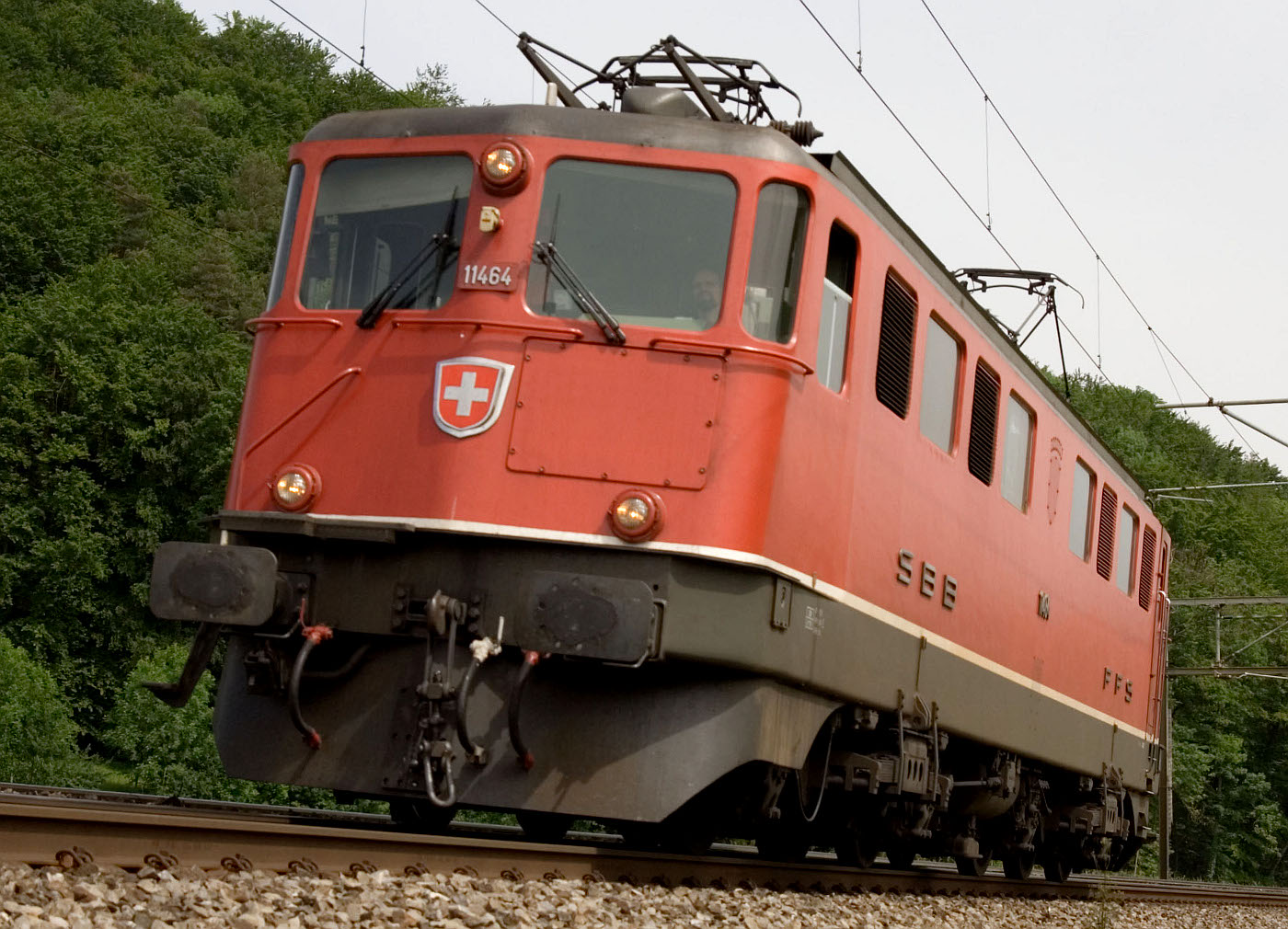 |
|
[1], [2], [3], [4], [5] | ||||||||||||||||||||||||||||||||||||||||||||||||||||||||||||
| Ce 6/8 II "Krokodil" (Rework to Be 6/8 II) |
 |
|
[1], [2], [3] | ||||||||||||||||||||||||||||||||||||||||||||||||||||||||||||
| Ce 6/8 III "Krokodil" (Rework to Be 6/8 III) |
 |
|
[1], [2], [3] | ||||||||||||||||||||||||||||||||||||||||||||||||||||||||||||
| De 6/6 "Seetal-Krokodil" |  |
None | [1], [2] | ||||||||||||||||||||||||||||||||||||||||||||||||||||||||||||
| Re 4/4 I | 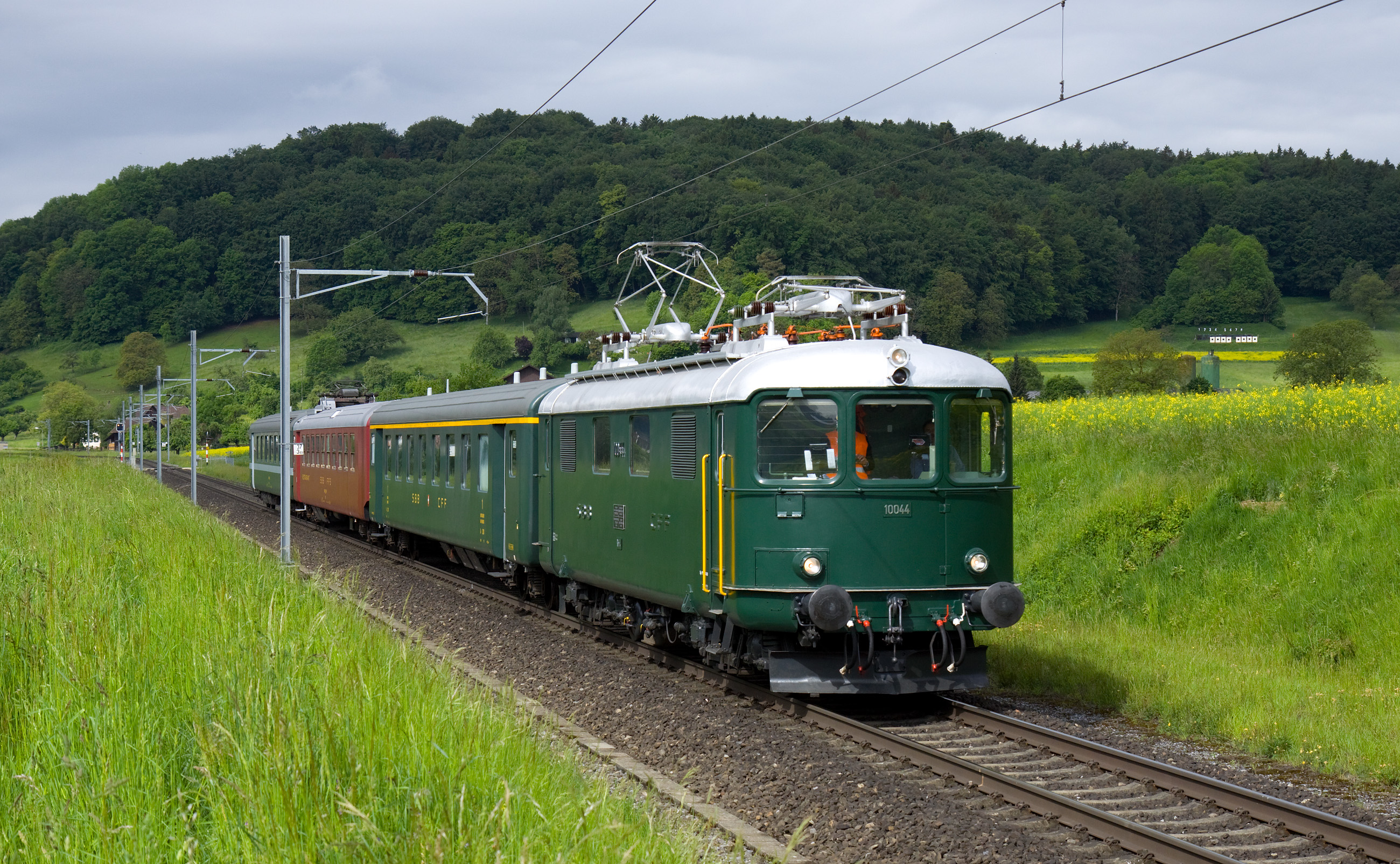 |
TODO | [1], [2], [3] | ||||||||||||||||||||||||||||||||||||||||||||||||||||||||||||
| Re 4/4 II Re 420 Re 421 |
 |
|
[1], [2], [3], [4] | ||||||||||||||||||||||||||||||||||||||||||||||||||||||||||||
| Re 4/4 III Re 430 |
None | [1], [2] | |||||||||||||||||||||||||||||||||||||||||||||||||||||||||||||
| Re 4/4 IV Re 440 |
 |
None | [1], [2] | ||||||||||||||||||||||||||||||||||||||||||||||||||||||||||||
| Re 450 4 parts, in use by: SBB/ZVV, Sihltalbahn |
 |
|
[1], [2] | ||||||||||||||||||||||||||||||||||||||||||||||||||||||||||||
| Re 460 "Lok 2000" | 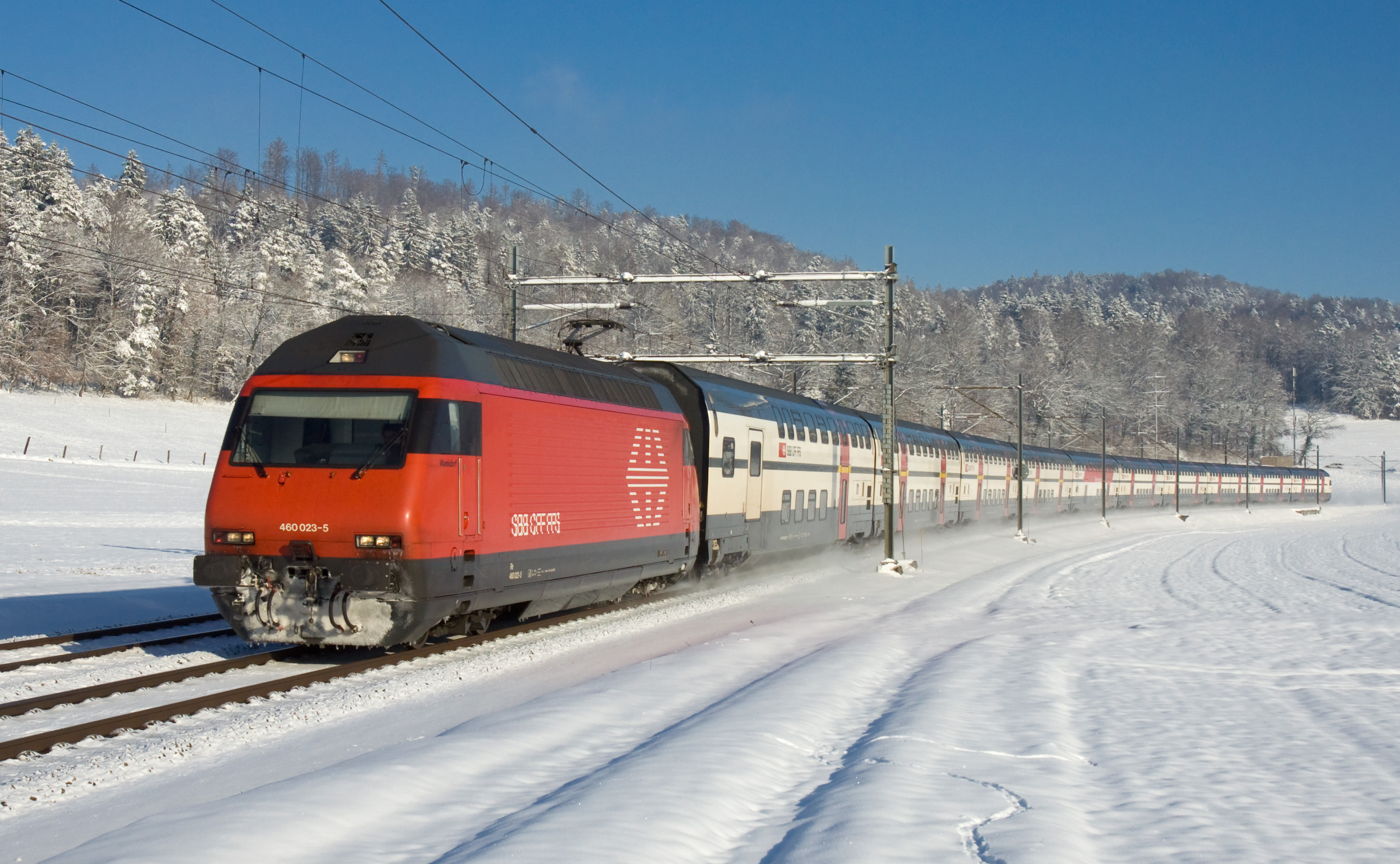 |
|
[1], [2], [3], [4], [5] | ||||||||||||||||||||||||||||||||||||||||||||||||||||||||||||
| Re 474 (Siemens ES64F4) |  |
|
[1], [2], [3] | ||||||||||||||||||||||||||||||||||||||||||||||||||||||||||||
| Re 482 (Bombardier Traxx F140 AC1, F140 AC2) |  |
|
[1], [2], [3] | ||||||||||||||||||||||||||||||||||||||||||||||||||||||||||||
| Re 484 (Bombardier Traxx F140 MS2) | 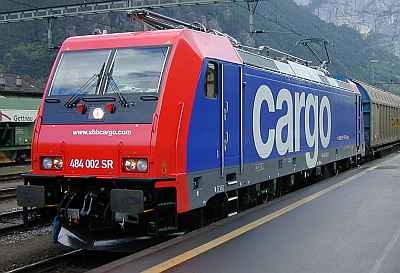 |
|
[1], [2], [3] | ||||||||||||||||||||||||||||||||||||||||||||||||||||||||||||
| Re 6/6 Re 620 |
 |
|
[1], [2], [3], [4] | ||||||||||||||||||||||||||||||||||||||||||||||||||||||||||||
| RABDe 12/12 RABDe 510 "Goldküstenexpress" "Mirage" 3 parts |
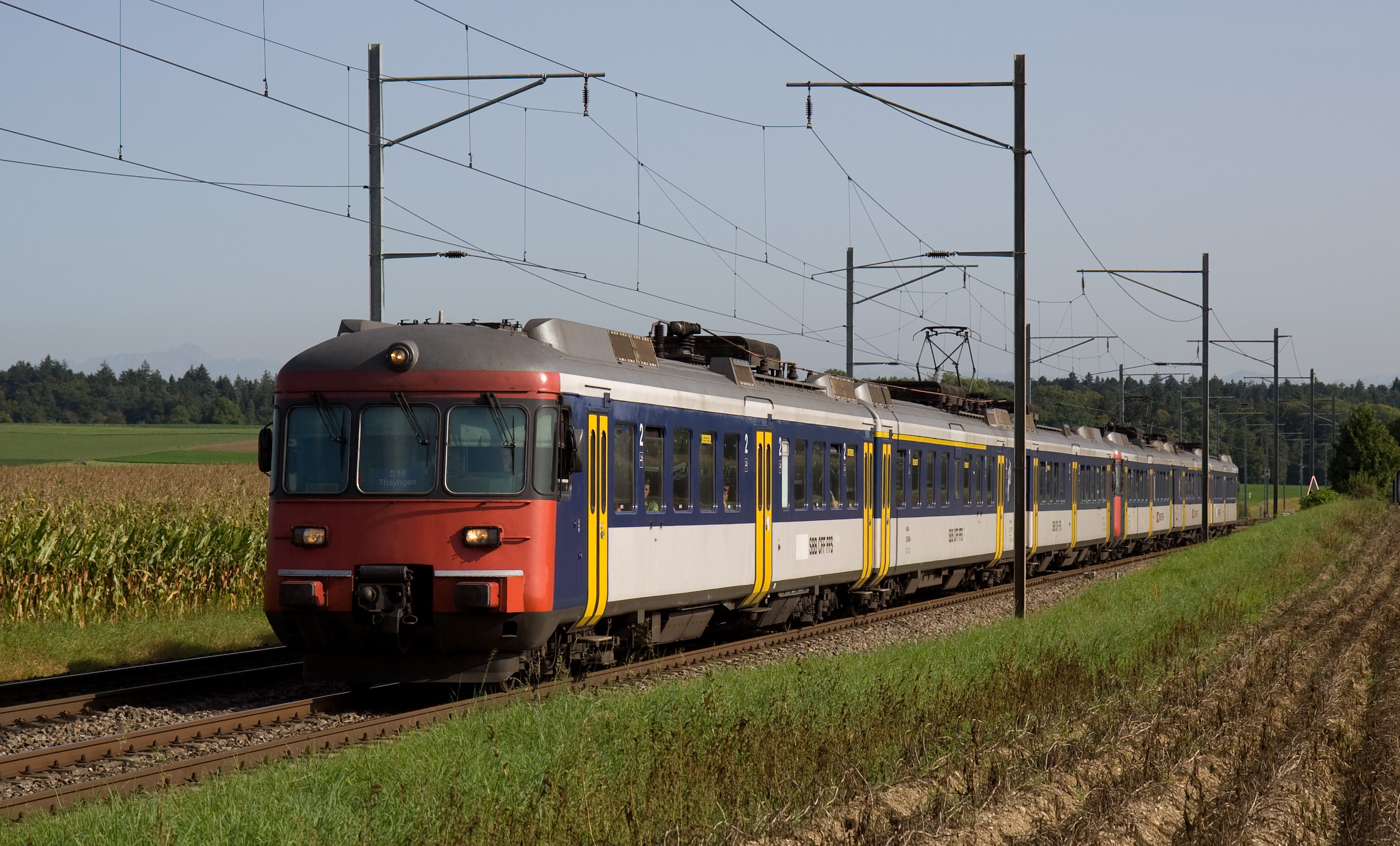 |
None | [1] | ||||||||||||||||||||||||||||||||||||||||||||||||||||||||||||
| RBDe 4/4 "NPZ" RBDe 560 "NPZ Domino" 4 parts |
 |
|
[1], [2] | ||||||||||||||||||||||||||||||||||||||||||||||||||||||||||||
| RABDe 8/16 RABDe 511 "Chiquita" 4 parts |
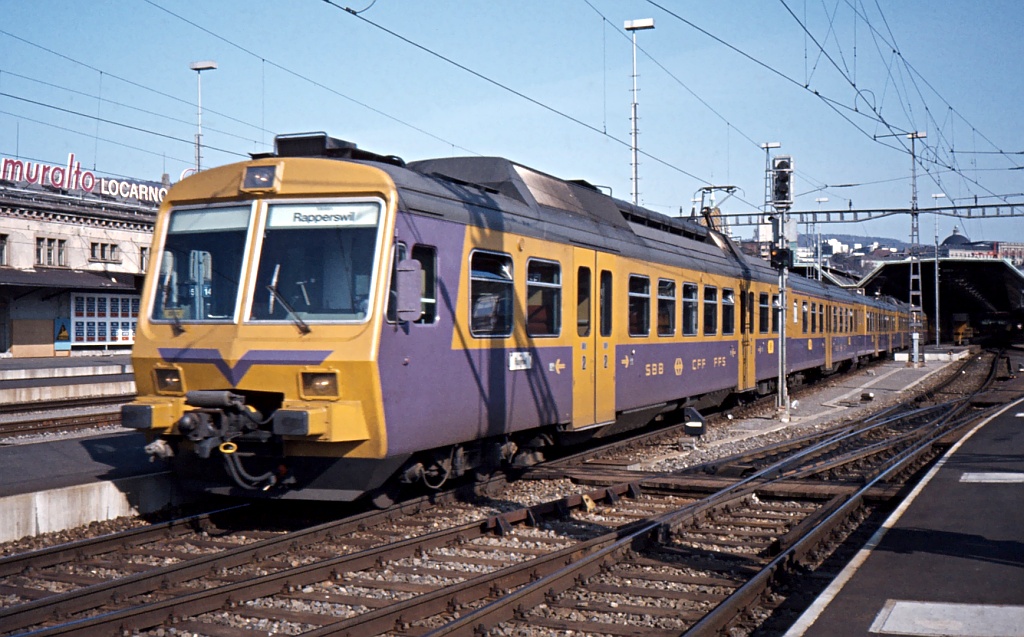 |
None | [1] | ||||||||||||||||||||||||||||||||||||||||||||||||||||||||||||
| RABDe 500 "ICN" 7 parts |
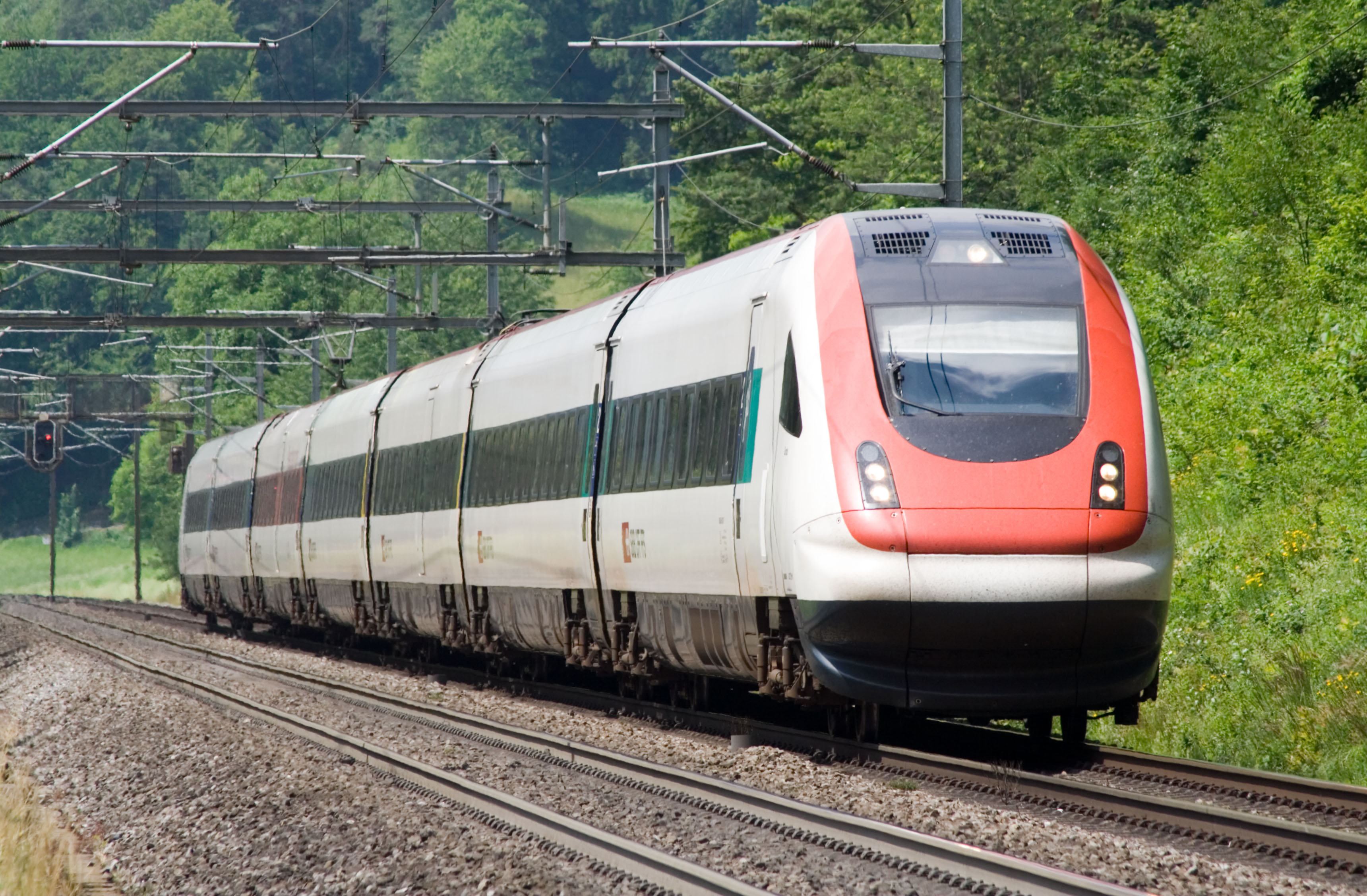 |
|
[1], [2], [3] | ||||||||||||||||||||||||||||||||||||||||||||||||||||||||||||
| ETR 470 "Cisalpino" 9 parts |
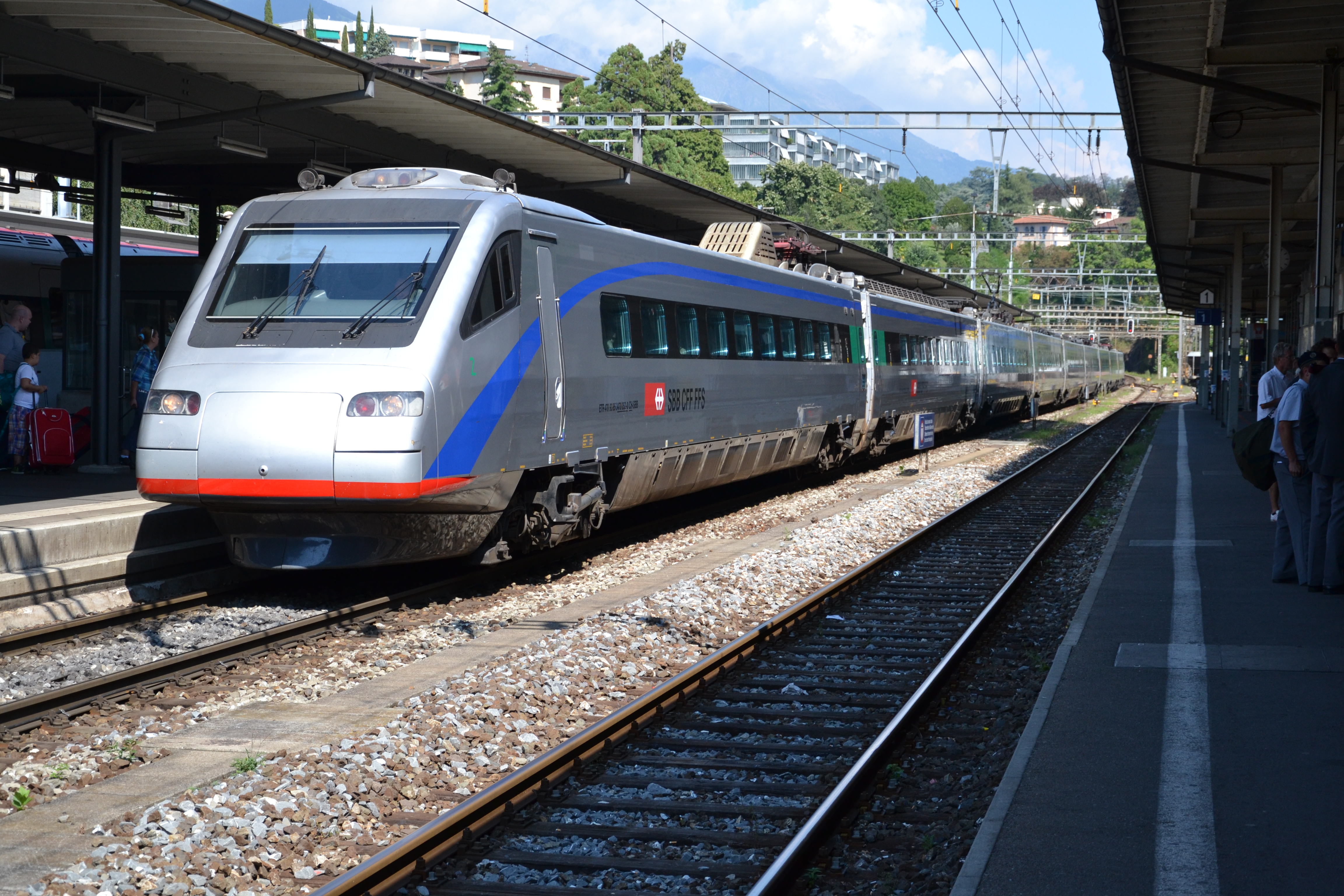 |
|
[1] | ||||||||||||||||||||||||||||||||||||||||||||||||||||||||||||
| ETR 610 RABe 503 7 parts |
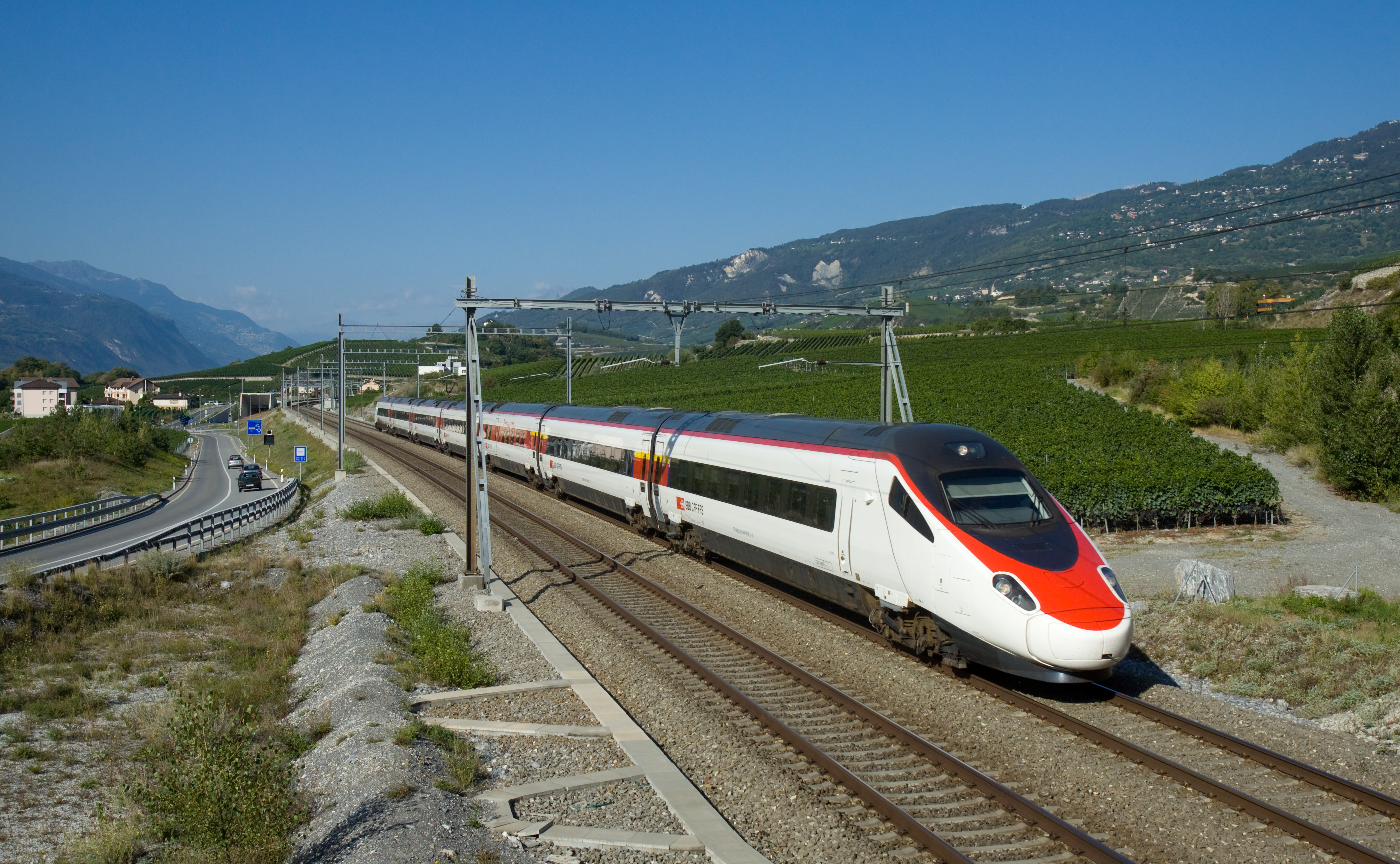 |
|
[1] | ||||||||||||||||||||||||||||||||||||||||||||||||||||||||||||
| Stadler KISS (prev. DOSTO) SBB RABe 511 "Regio-Dosto/RVD" 4 or 6 parts BLS RABe 515 "MUTZ" 4 parts |

 |
|
[1] | ||||||||||||||||||||||||||||||||||||||||||||||||||||||||||||
| Siemens Desiro Double Deck RABe 514 "DTZ" 4 parts |
 |
None | [1], [2] | ||||||||||||||||||||||||||||||||||||||||||||||||||||||||||||
| Stadler GTW 2/8 SBB RABe 520 Thurbo RABe 526 3 parts |
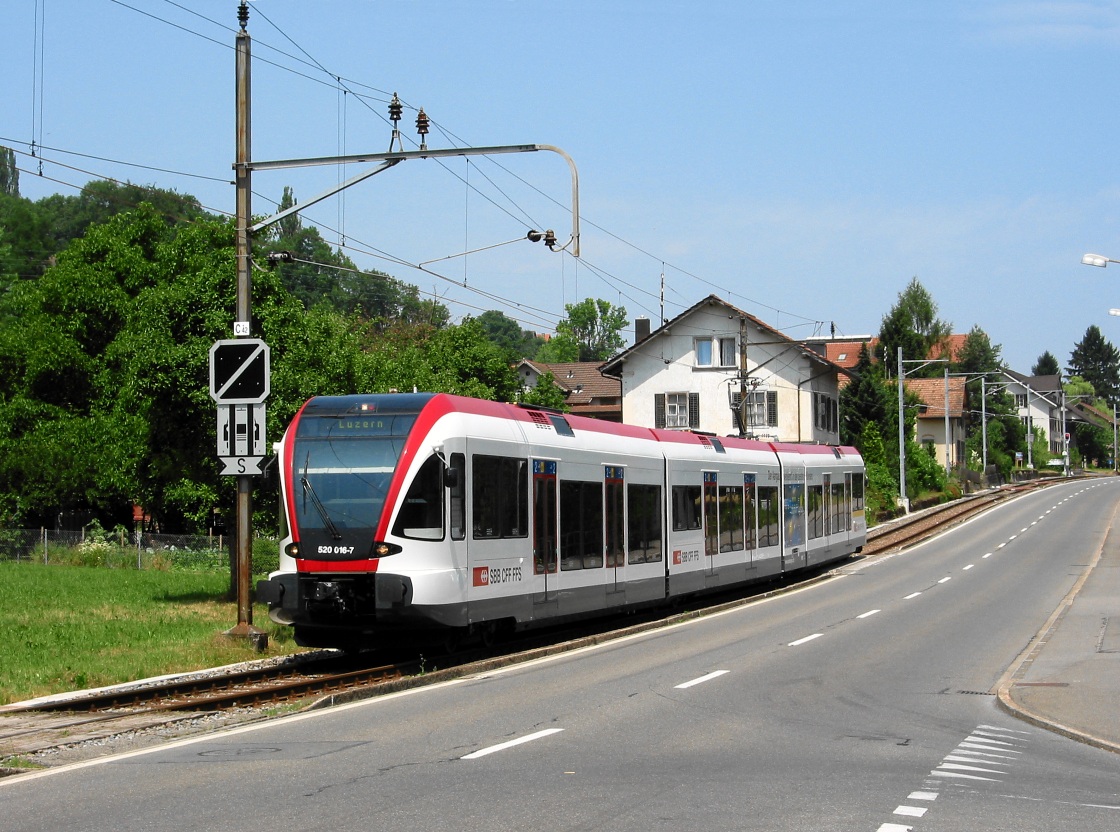
 |
|
[1], [2], [3], [4] | ||||||||||||||||||||||||||||||||||||||||||||||||||||||||||||
| Stadler GTW 2/6 Thurbo RABe 526 2 parts |
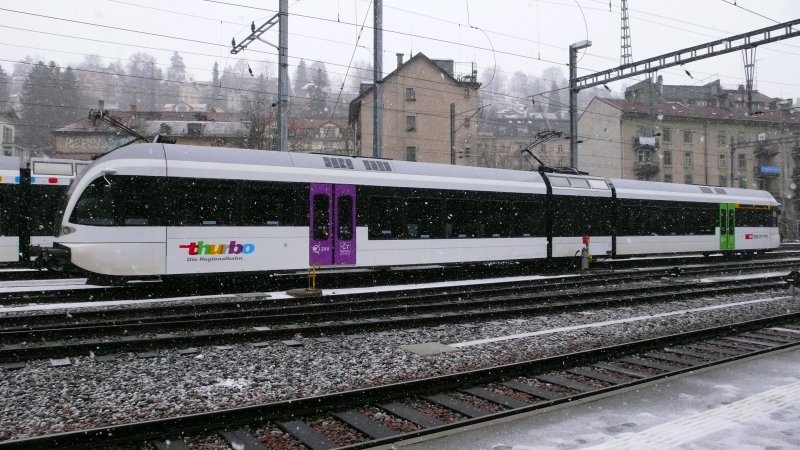 |
|
[1], [2], [3] | ||||||||||||||||||||||||||||||||||||||||||||||||||||||||||||
| Stadler FLIRT SBB RABe 521 "Regio Basel" SBB RABe 522 "Genf" SBB RABe 523 "S-Bahn Zug, Aargau, Luzern" SBB RABe 524 "TILO" SOB RABe 526 "S-Bahn Zürich, St. Gallen" Thurbo RABe 526 4 parts 6 parts for TILO |
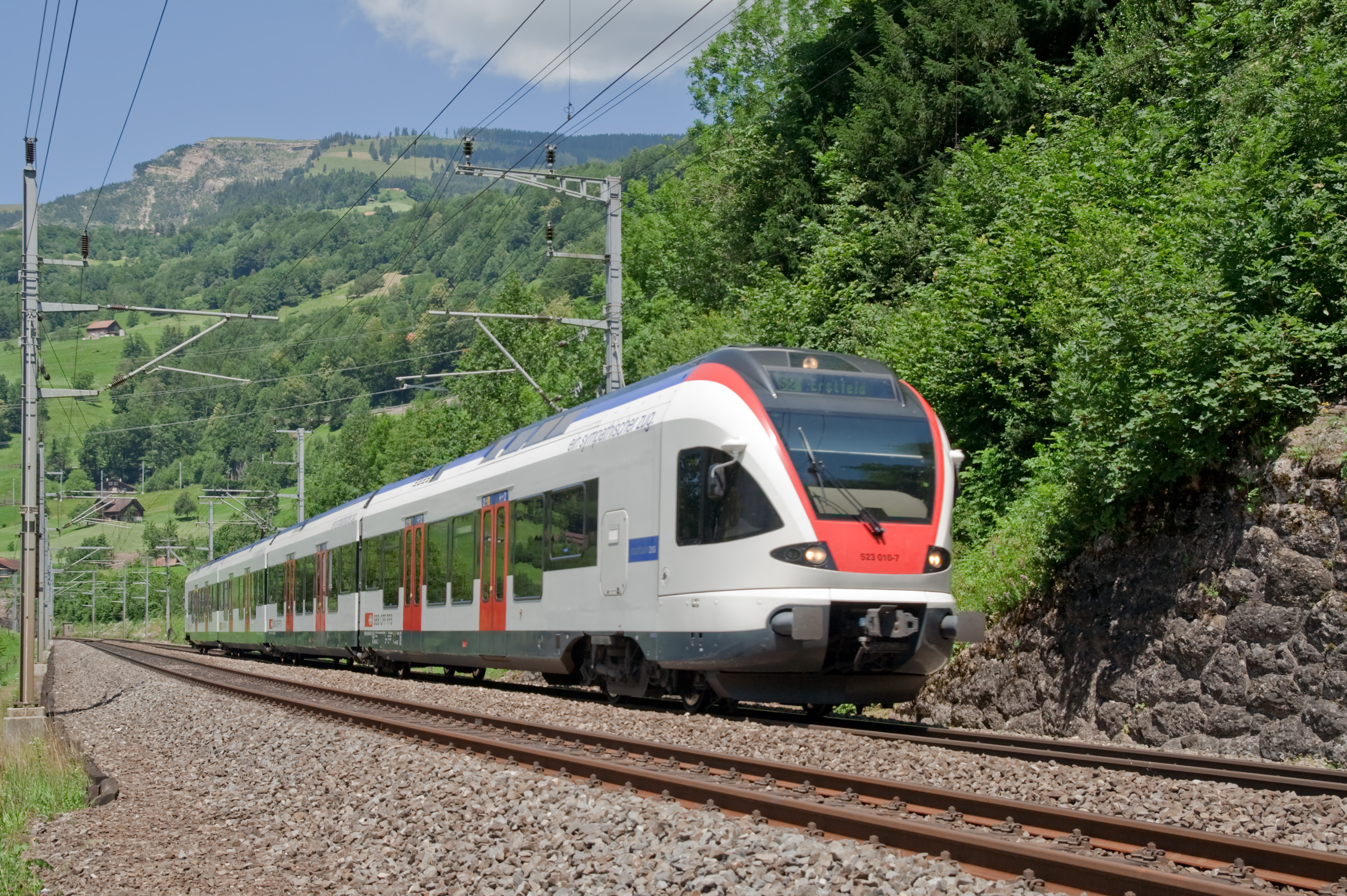 |
|
[1], [2], [3], [4] | ||||||||||||||||||||||||||||||||||||||||||||||||||||||||||||
| RAe 4/8 1021 "Churchill-Pfeil" |  |
|
[1], [2], [3] | ||||||||||||||||||||||||||||||||||||||||||||||||||||||||||||
| CLe 2/4 RAe 2/4 "Roter-Pfeil" |
 |
|
[1], [2], [3] | ||||||||||||||||||||||||||||||||||||||||||||||||||||||||||||
| RAe TEE II RABe EC "Graue Maus" 6 parts |

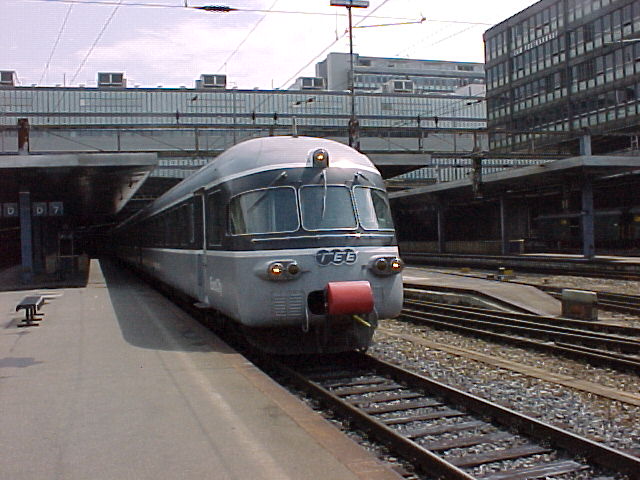 |
|
[1], [2], [3], [4] | ||||||||||||||||||||||||||||||||||||||||||||||||||||||||||||
| TGV Lyria (POS) 10 parts |
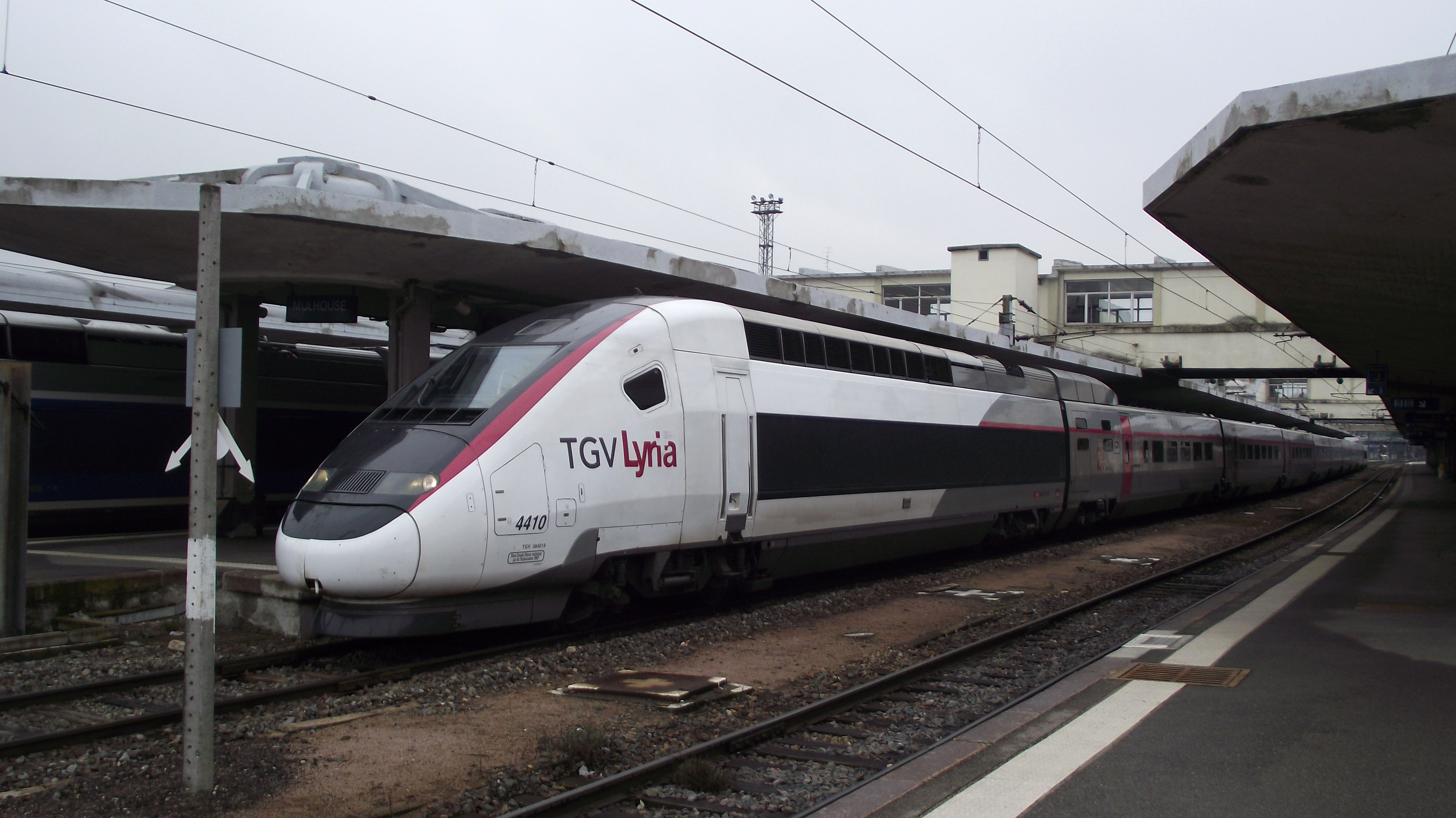 |
|
[1] | ||||||||||||||||||||||||||||||||||||||||||||||||||||||||||||
| BDe 4/4 |  |
|
[1], [2], [3] | ||||||||||||||||||||||||||||||||||||||||||||||||||||||||||||
| RBe 4/4 RBe 540 |
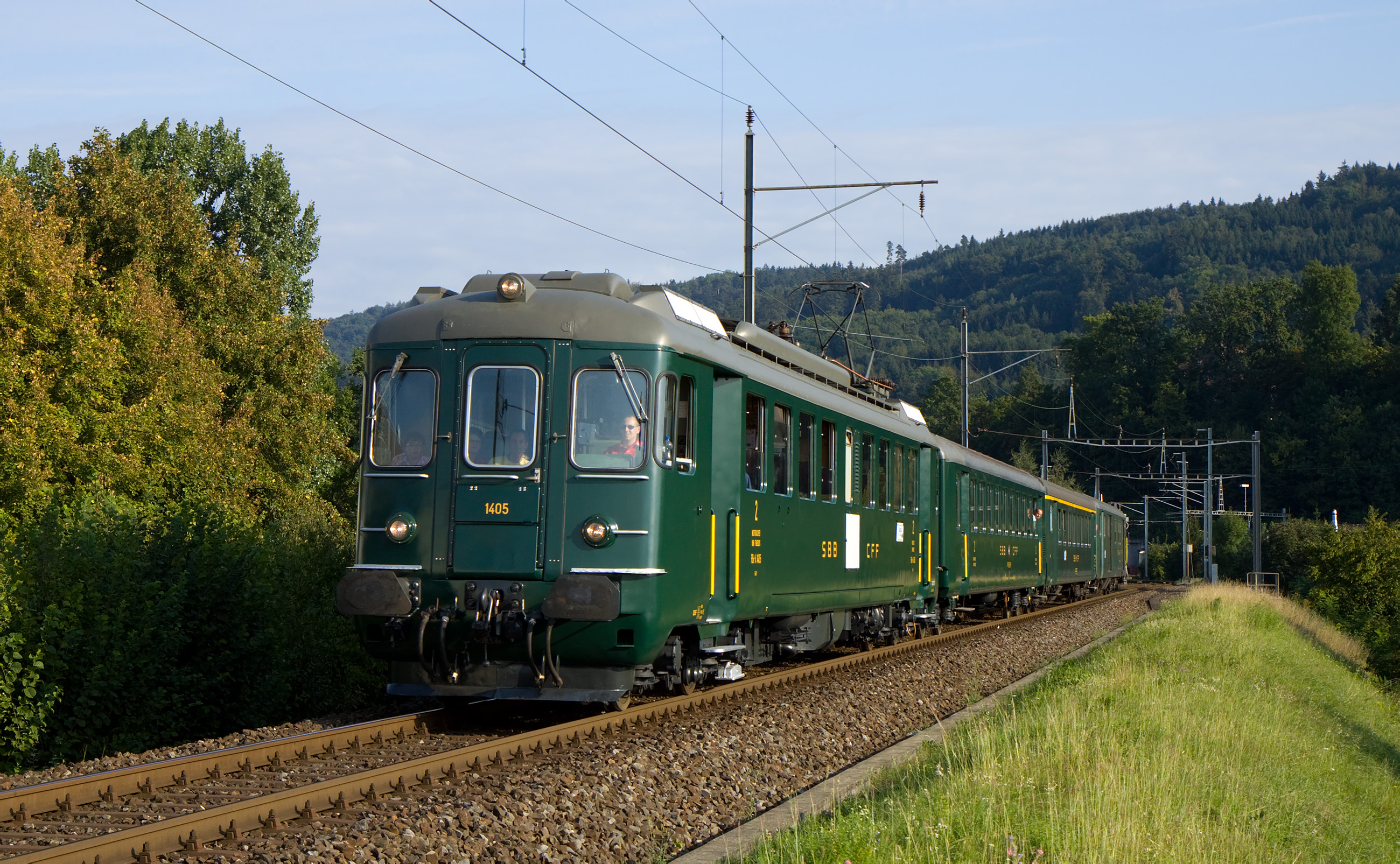
|
None | [1], [2] | ||||||||||||||||||||||||||||||||||||||||||||||||||||||||||||
| Bm 6/6 | 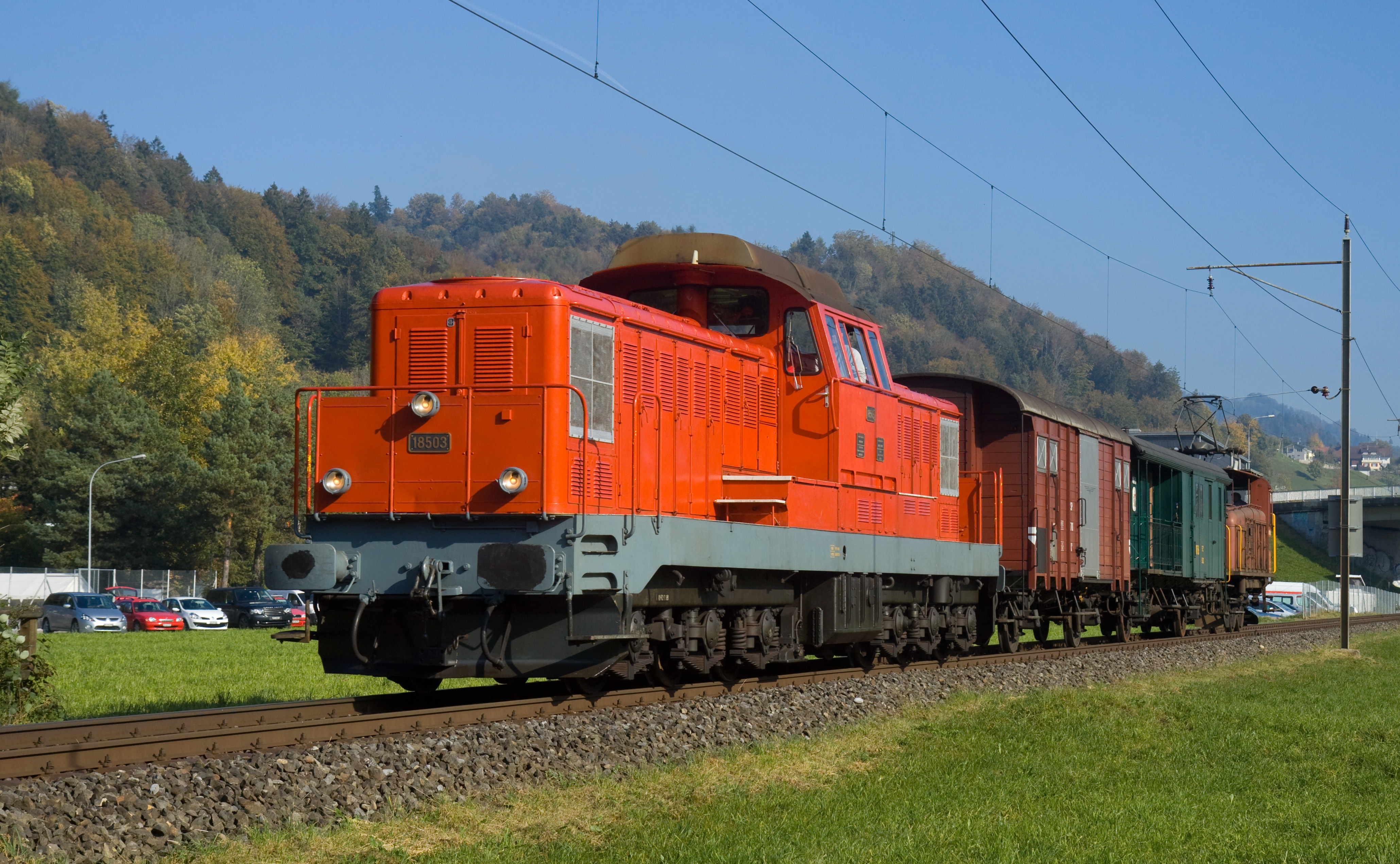 |
None | [1], [2], [3] | ||||||||||||||||||||||||||||||||||||||||||||||||||||||||||||
| Bm 4/4 |  |
|
[1], [2], [3] | ||||||||||||||||||||||||||||||||||||||||||||||||||||||||||||
| Am 840 Vossloh G2000BB |
 |
|
[1], [2] | ||||||||||||||||||||||||||||||||||||||||||||||||||||||||||||
| Am 841 | None | [1], [2], [3] | |||||||||||||||||||||||||||||||||||||||||||||||||||||||||||||
| Am 842 Vossloh G1000BB MaK G1204BB |
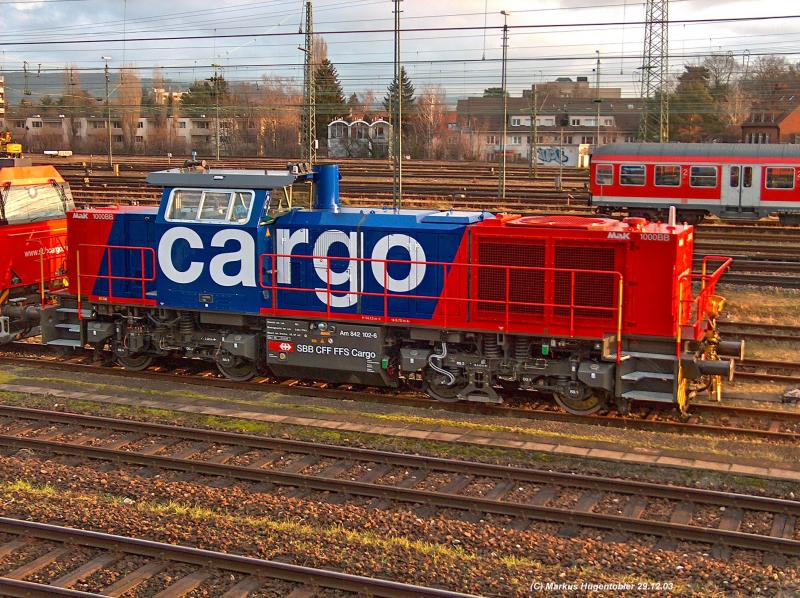 |
|
[1], [2], [3] | ||||||||||||||||||||||||||||||||||||||||||||||||||||||||||||
| Am 843 | 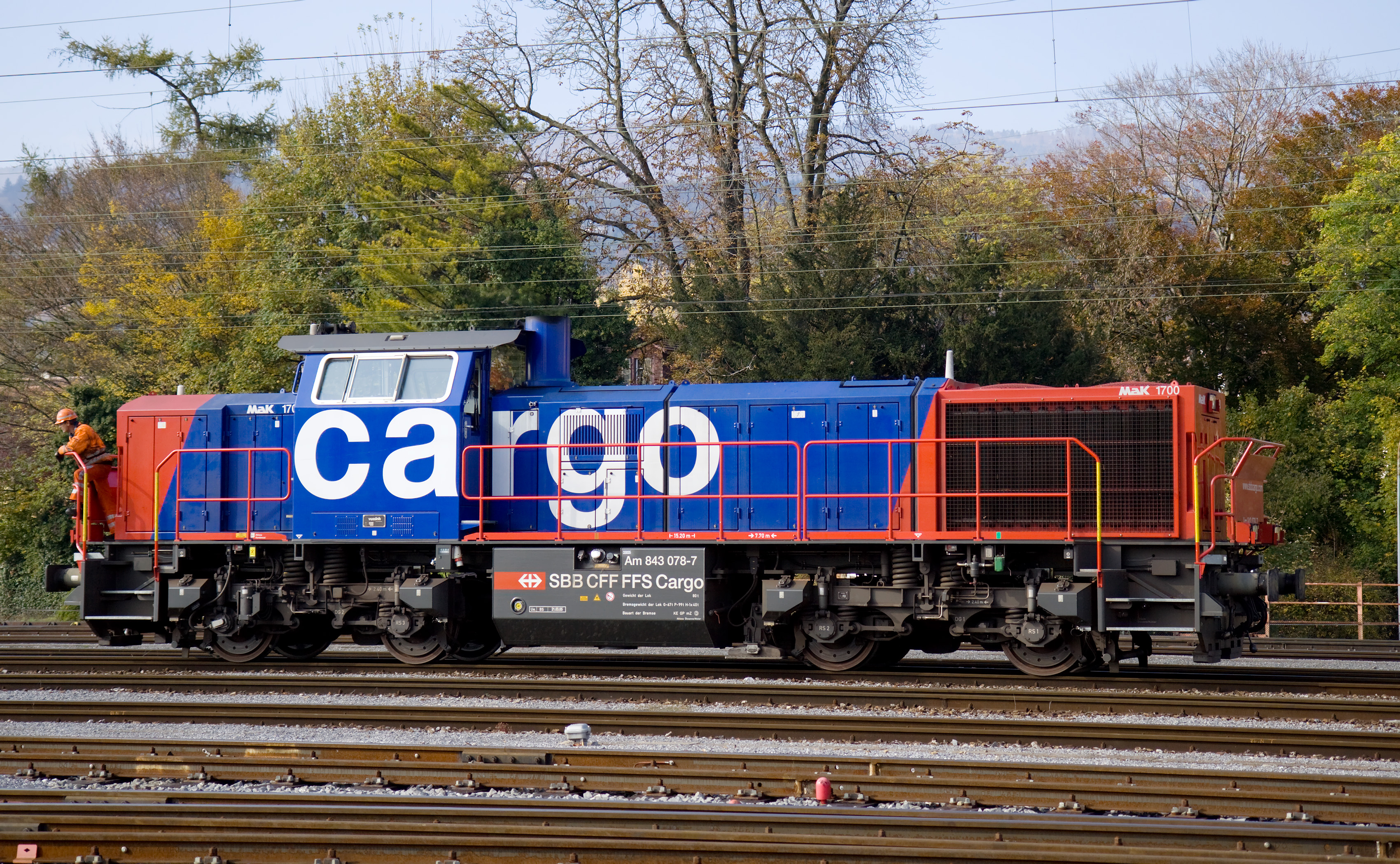 |
|
[1], [2], [3] | ||||||||||||||||||||||||||||||||||||||||||||||||||||||||||||
| Ee 922 |  |
|
[1] | ||||||||||||||||||||||||||||||||||||||||||||||||||||||||||||
| Ee 923 |  |
None | [1] | ||||||||||||||||||||||||||||||||||||||||||||||||||||||||||||
| Ee 3/3 |  |
|
[1], [2], [3], [4] | ||||||||||||||||||||||||||||||||||||||||||||||||||||||||||||
| Ee 3/3 IV Ee 934 |
 |
None | [1], [2] | ||||||||||||||||||||||||||||||||||||||||||||||||||||||||||||
| Tm 235 |  |
None | [1] | ||||||||||||||||||||||||||||||||||||||||||||||||||||||||||||
| Tm 234 | None | [1] | |||||||||||||||||||||||||||||||||||||||||||||||||||||||||||||
| Tm IV Tm 232 |
 |
|
[1], [2] | ||||||||||||||||||||||||||||||||||||||||||||||||||||||||||||
| Tm III Tm 232 |
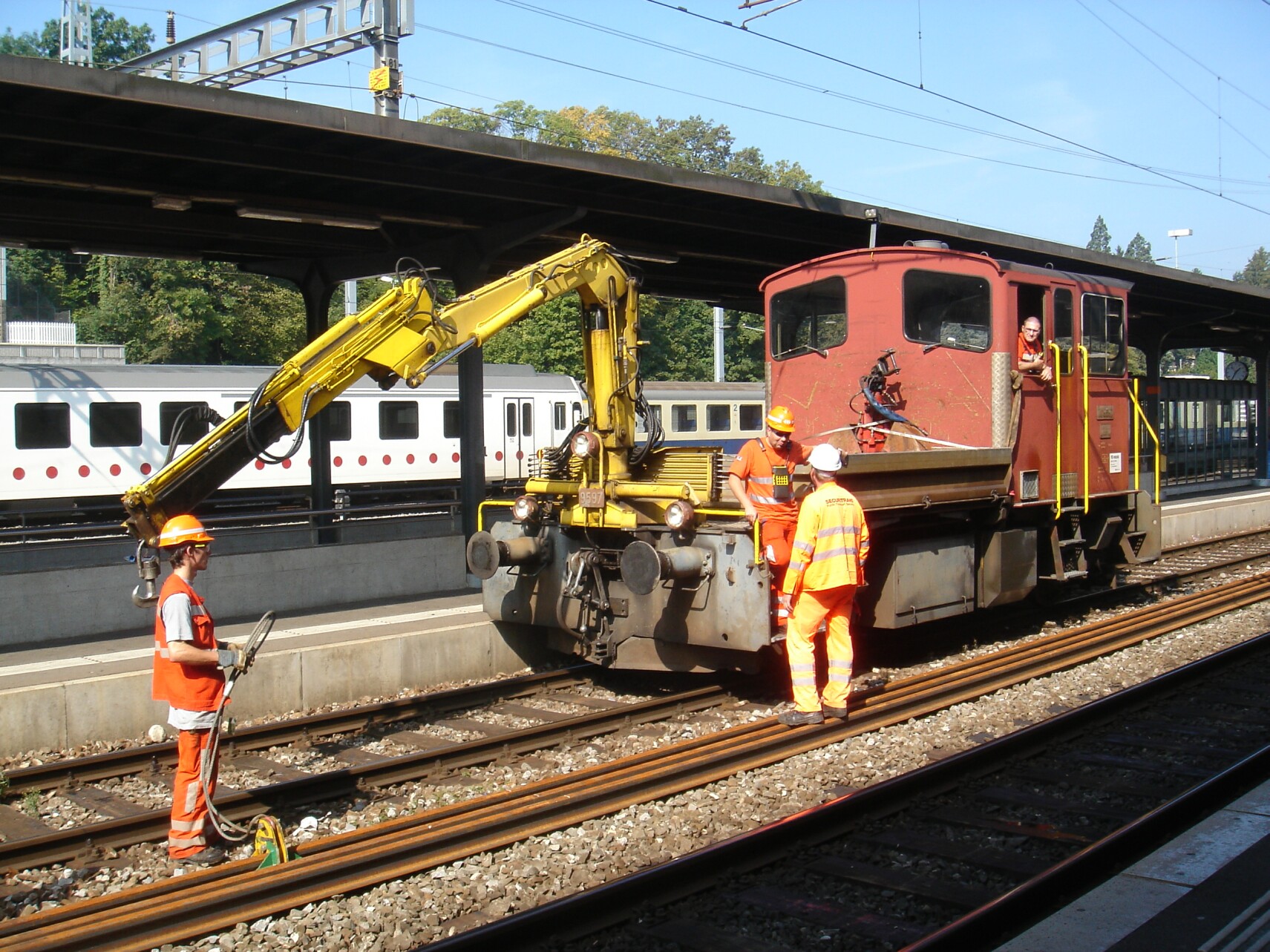
|
None | [1], [2] | ||||||||||||||||||||||||||||||||||||||||||||||||||||||||||||
| Tm III (Yard) |  |
None | [1] | ||||||||||||||||||||||||||||||||||||||||||||||||||||||||||||
| Tm II |  |
|
[1], [2] | ||||||||||||||||||||||||||||||||||||||||||||||||||||||||||||
| Tm I |  |
None | [1] | ||||||||||||||||||||||||||||||||||||||||||||||||||||||||||||
| Te III | 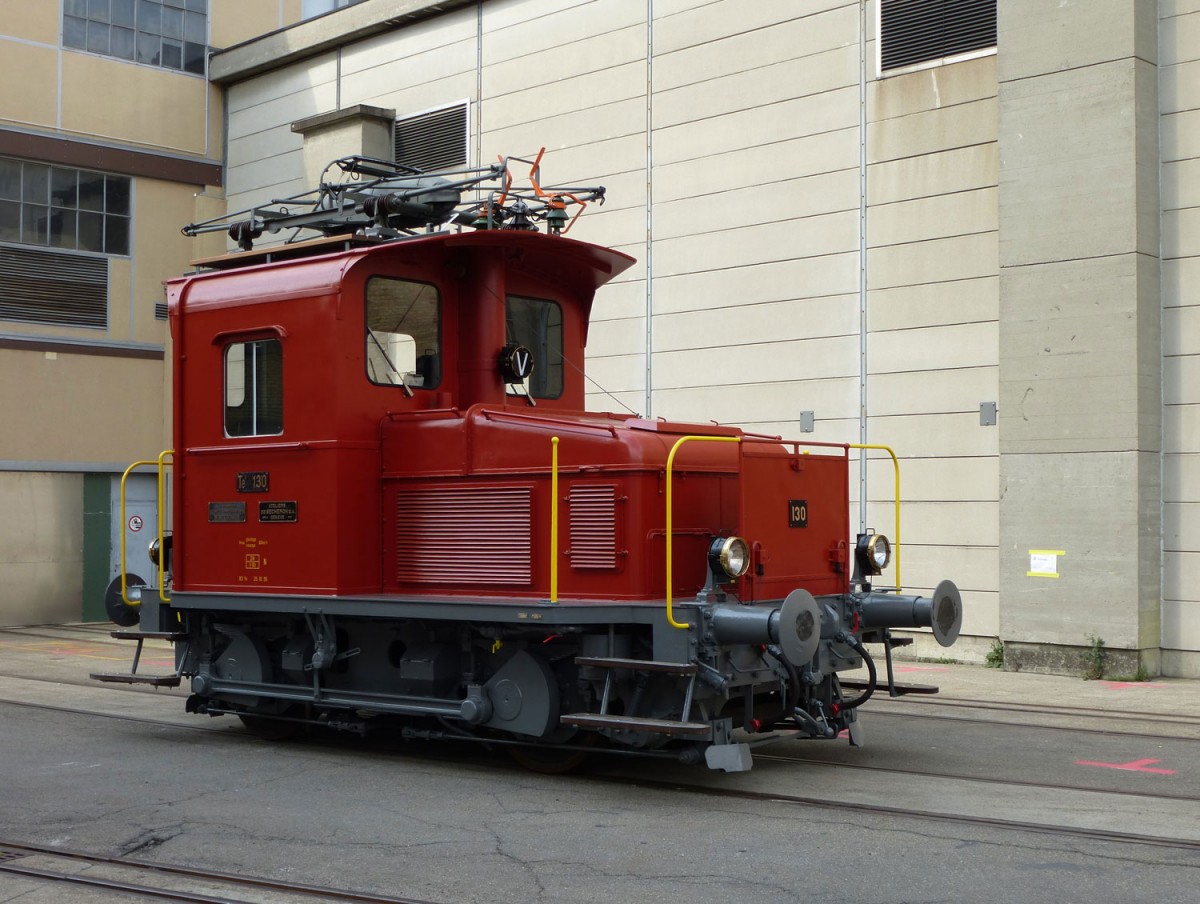
|
None | [1], [2] |
 Entries RSS
Entries RSS